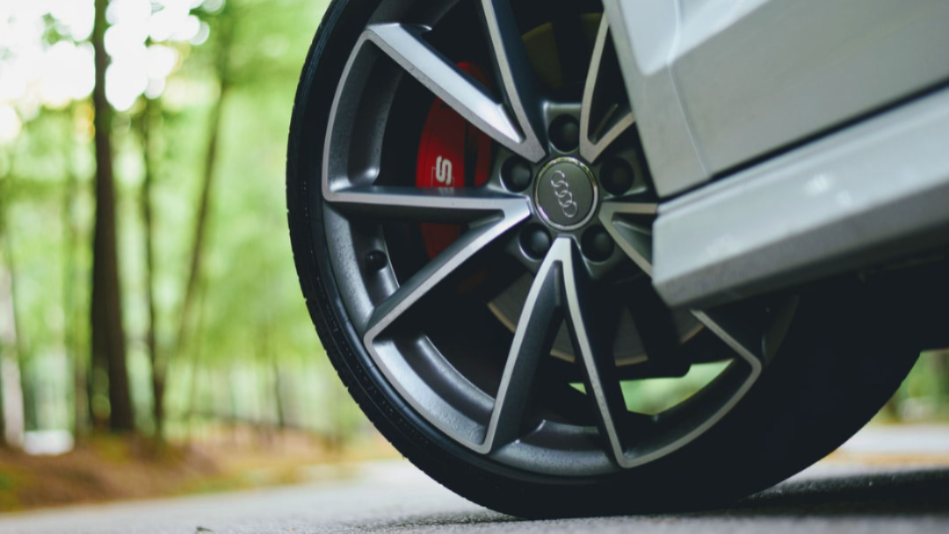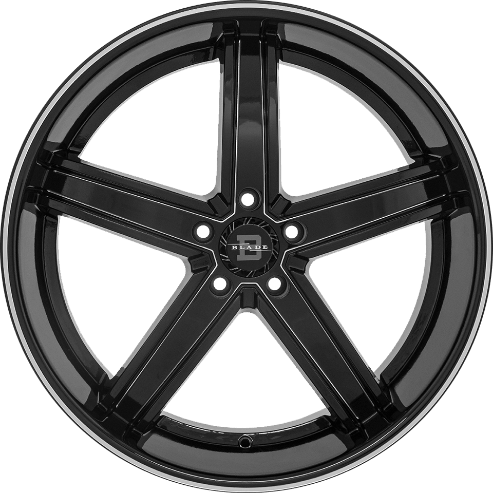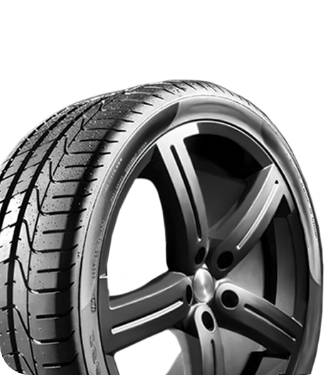

The Differences Between Radial and Bias-Ply Tires Explained
Safety Tips |If you have to find new tires for your vehicle, there are many factors to consider, from their size to their tread pattern and more. However, one aspect that drivers can’t overlook is tire-ply construction.
The two main tire ply constructions are radial and bias-ply, but what do they mean? Keep reading to discover the differences between radial and bias-ply tires as we explain the advantages and drawbacks of both choices.
Why Understanding Tire Plies Matters
Before we can talk about radial and bias-ply tires, it’s crucial to understand what “tire plies” actually are. Tire plies are layers of fabric or steel within the tire that provide structure and strength. Think of them as the backbone of the tire, shaping how it performs under pressure and during motion. If you’ve ever seen a blown-out tire on the side of the road, you’ve likely seen the exposed metal strands that are tire plies.
The arrangement and composition of these plies determine whether a tire is radial or bias-ply. Knowing this difference is essential for anyone shopping for a new set of tires. Your choice will directly affect your vehicle’s performance, safety, and efficiency.

What Are Radial Tires?
First, we’ll begin with radial tires, as they dominate the market, making up over 98 percent of global tire sales today. Their widespread popularity stems from their innovative and efficient construction, which sets them apart from conventional bias-ply tires.
The Construction of Radial Tires
What makes radial tires unique is their design. The plies run at a 90-degree angle to the direction of the tire’s path—essentially perpendicular to the path the tire rolls on.
Steel belts run around the circumference of the tire, just beneath the tread. This structure enhances flexibility and ensures better surface contact, resulting in improved overall performance.
The Advantages of Radial Tire Construction
Radial tires offer numerous benefits to cars and drivers. From better efficiency to greater performance and a more comfortable driving experience, there’s a reason they’re the most common type of tire.
Fuel Efficiency
One of the biggest advantages of radial tires is their fuel efficiency. Their flexible design reduces rolling resistance, meaning your car doesn’t have to work as hard to move. This translates to less fuel consumption and more savings at the pump.
Enhanced Performance
Radial tires excel in performance, particularly at high speeds and during sharp turns. This makes them an excellent choice for both city driving and long highway commutes, offering stability and control in various driving conditions.
Unmatched Comfort
Comfort is another key benefit of radial tires. The flexibility in their sidewalls allows them to absorb bumps and vibrations effectively, ensuring a smoother, more comfortable ride every time you hit the road.
What Are Bias-Ply Tires?
Bias-ply tires predate radial tires and were once the standard for vehicles. Although radial tires have since overtook them in popularity for everyday drivers, they still have value in specific situations, such as heavy-duty applications and off-road driving.
The Design of Bias-Ply Tires
Bias-ply tires consist of plies that cross diagonally over each other at angles of 30 to 40 degrees. This crisscross structure creates a rigid design that extends from the tread to the sidewall. Unlike radial tires, the same plies provide strength for the entire tire, resulting in reduced flexibility.
Advantages of Bias-Ply Tires
The primary appeal of bias-ply tires lies in their exceptional durability and impressive load-bearing capacity. The overlapping layers of fabric in the tire make it highly resistant to punctures and damage.
They excel in handling heavy loads and performing well under tough conditions, making them a preferred choice for off-road vehicles, agricultural machinery, and industrial applications where strength and reliability are critical. Their robust construction also allows them to withstand rugged terrains and challenging environments, offering dependable performance for demanding tasks.
Drawbacks of Bias-Ply Tires
Despite their notable strength, bias-ply tires come with some disadvantages that limit their appeal for certain applications. Their rigid design, which contributes to their durability, also leads to higher rolling resistance. This results in reduced fuel efficiency, making them less suitable for vehicles used in long-distance or high-speed travel.
Also, due to this structure, they’re not as comfortable as radial tires for everyday driving. Bias-ply tires are generally better for specific situations that require greater durability and load-bearing capacity than everyday use.
Comparing Radial and Bias-Ply Tires
Now it’s time to explain the differences between radial and bias-ply tires, from their tread patterns to their performance capabilities and ride comfort. When shopping for new tires, you should keep these key distinctions in mind.

Tread Patterns and Tire Wear
Radial tires offer even tire wear due to their greater surface contact with the road, resulting in a longer lifespan. In contrast, bias-ply tires tend to wear out faster, especially during high-speed use, because of their uneven road contact.
Handling and Performance
Radial tires excel on paved roads, providing superior handling even in wet or high-speed conditions. Bias-ply tires, while tougher and better suited for heavy loads, are less stable at high speeds and have less traction on the roads due to their design.
Fuel Efficiency and Ride Comfort
Radial tires are more fuel-efficient thanks to reduced rolling resistance, which improves gas mileage and lowers long-term costs. They also provide better ride comfort. Bias-ply tires, while durable, fall short in fuel efficiency and are less forgiving on uneven terrain due to their rigid construction.
Choosing the Right Tires for Your Needs
The right tire depends on your vehicle, driving conditions, and preferences. For the majority of everyday cars and drivers, radial tires are the better choice. Bias-ply tires are better for specific situations that require greater durability and strength, like heavy-duty trucks, off-roading, and farm equipment.
Maintaining Your Tires for Maximum Performance
Maintenance is crucial for whichever type of tire you choose, whether it’s a radial or bias-ply construction. Taking proper care of your vehicle’s tires will ensure they last as long as possible and perform at their peak capacity.
Maintain Proper Tire Inflation
Inflating your tires properly is one of the simplest and most effective ways to ensure longevity and performance. Underinflated or overinflated tires can cause uneven wear, reduce efficiency, and pose safety risks. Regularly check and adjust tire pressure to the recommended levels outlined in your car’s owner’s manual.
Rotate Your Tires Regularly
Tire rotation is essential for promoting even wear and extending their lifespan. Whether you have radial or bias-ply tires, schedule regular rotations to ensure consistent performance and prevent early replacement.
Adopt Better Driving Habits
Your driving style has a big impact on your tire life. Avoid aggressive braking, sharp turns, and driving at high speeds, as these habits can shorten the lifespan of any type of tire. Drive responsibly to get the most out of your tires.
Find Every Kind of Tire at RNR Tire Express
Whether you need a radial tire for your everyday commuter car or a heavy-duty bias-ply tire for your farming vehicle, you’ll find it at RNR Tire Express! Stop by our tire shop in Corpus Christi or one of the other many locations nationwide to find the ideal tires for your vehicle. If you’re not sure what to get, contact our team to speak with a tire expert today.





